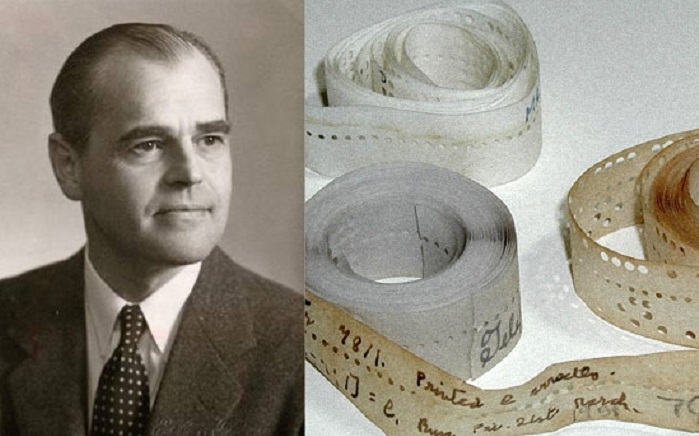
Arne Börling and the secret code T52. At first all messages that were printed with the help of T52 were considered impossible to decipher. Everything changed when the mathematics professor Arne Burling decided to solve the mysterious code. After a short while he learned not only how to decode messages printed on T52, but also to unravel the code. Thus, Sweden “got access” to the top-secret reports of the Nazis, and therefore the Swedes were among the first to learn about Hitler’s plans.
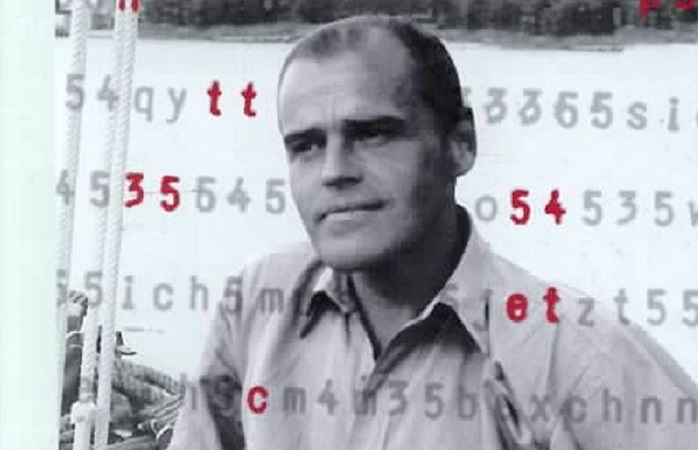
Hacking this code by the noble knight of two orders and a professor of mathematics with a world (and military) name is considered the most important event in the history of cryptography.
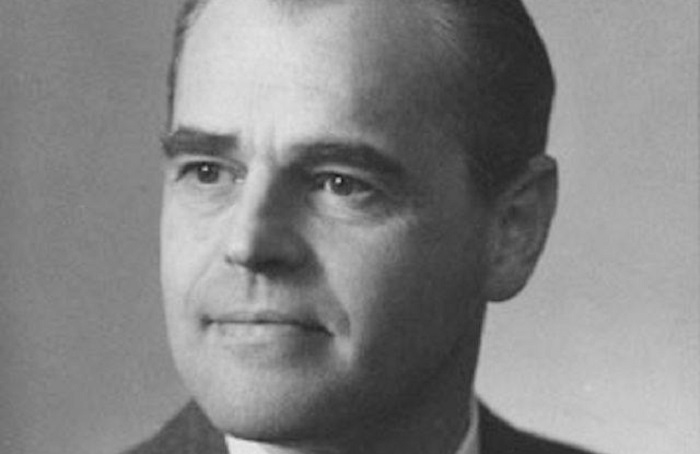
Using only teletype tapes with cryptography, as well as pen and paper, the mathematician Börling learned in just two weeks what, according to the Germans’ false opinion, it was impossible to solve: how their pride, the SFM encryption machine, works.
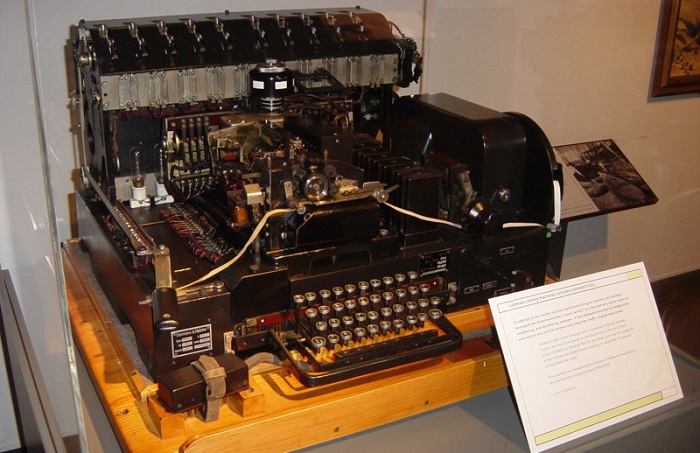
Based on the algorithms of Arne Börling, a device was created that allowed to intercept encryptions that followed from Germany to Norway through the territory of neutral Sweden. When asked how he managed to crack the code, he answered playfully that “wizards do not reveal their secrets.”
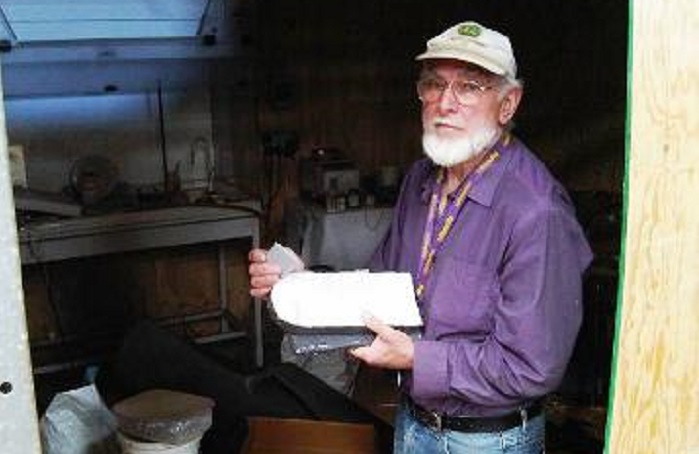
Maurice Ward and the formula of perpetual plastic. In the mid-80s of the last century, the English inventor Maurice Ward created a heat-resistant plastic that can withstand temperatures of up to 10,000 degrees Celsius and a blow that exceeds the capacity of the bomb that was dropped on Hiroshima by 75 times.
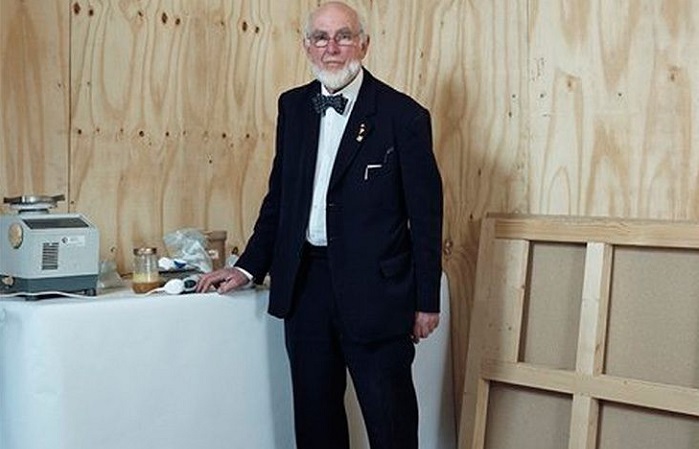
The inventor called this material “Starlite” and wanted to sell the formula of the company that will apply it to create something really great. Of course, NASA was interested in buying this material, because, due to its lightness and strength, Starlite could make a revolution in the field of space flights and spacebuilding.

However, the inventor suspected that many companies would want to use the invention, without paying any compensation to the author, Ward refused to sell the formula of his most successful project.
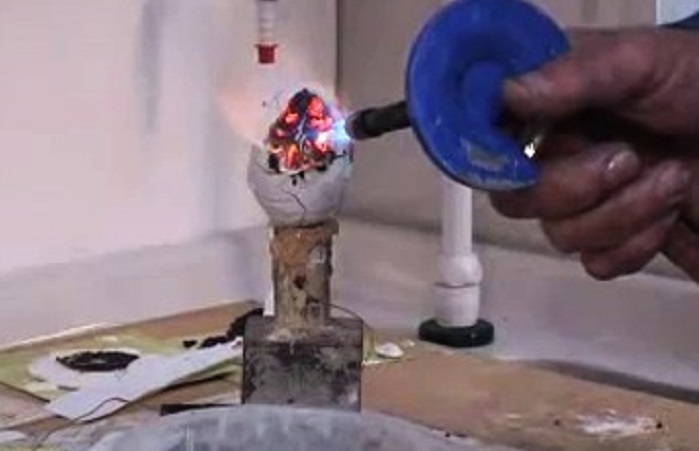
Maurice Ward died in 2011, taking with him the secret of his creation. He only said that the formula includes more than 20 organic polymers and copolymers, as well as a small amount of ceramics.
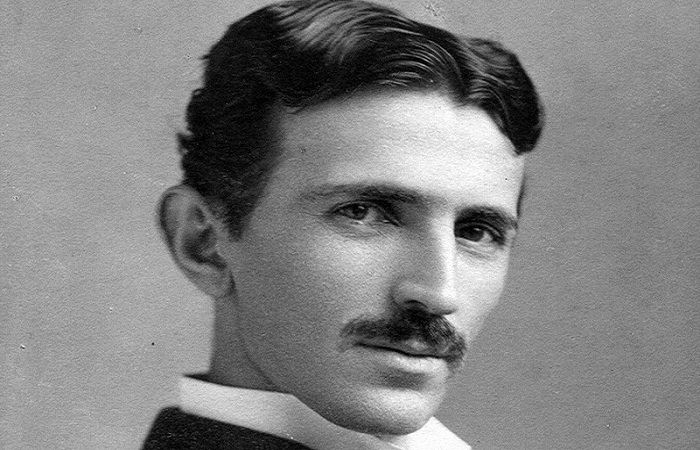
Nikola Tesla and wireless electricity. The name of Nikola Tesla is known even to people far from physics: the great scientist has considerably outperformed his time. Unfortunately, he did not manage to realize his, perhaps, the most ambitious project: free wireless electricity around the globe.
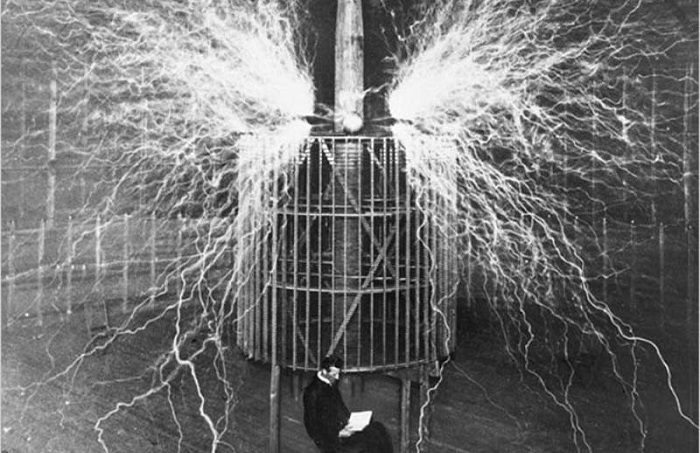
The essence of the idea was to build a high tower (he called it the Wordcliff, but to many it is known as the “tower of Tesla”), which would use the Earth’s ionosphere and directly our planet as electrical conductors, this would make electricity available anywhere in the world.

In 1905, Tesla began experiments, but the crisis that hit the US shortly after the beginning of the experiments led to the suspension of research.

Tesla died in 1943, taking away the secret of creating a wireless network with himself, although he did not have such a goal. The problem is that Tesla kept most of his calculations in his mind, and therefore kept records rather chaotically. Most of his notes are sketches, which are difficult to decipher.
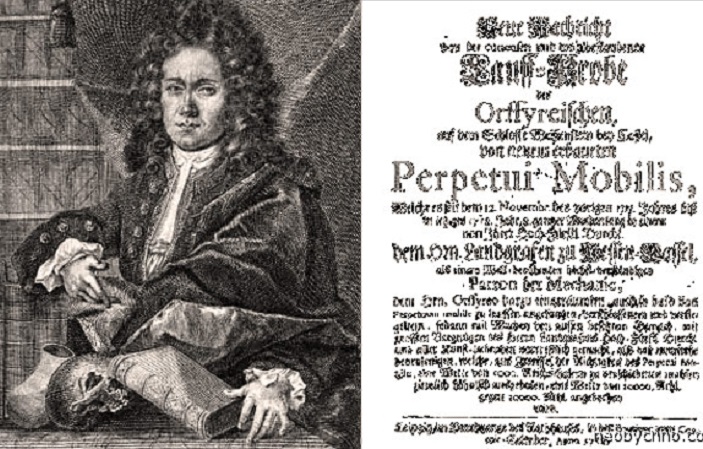
Johann Bessler and perpetual motion machine. In 1712 the German inventor Johann Bessler stated that he had created a perpetual motion machine. For 5 years he conducted several experiments and was able to prove to the scientific elite of that time that he realized something truly innovative.

The design was a wheel about two meters in diameter, which was capable of lifting a cargo weighing several kilograms. The abstract of the official experiment talks about 54 days during which the device operated without anyone interfering. Among the witnesses of this experiment were eminent mathematicians scientists and philosophers who could not unravel the principle of the device’s operation.
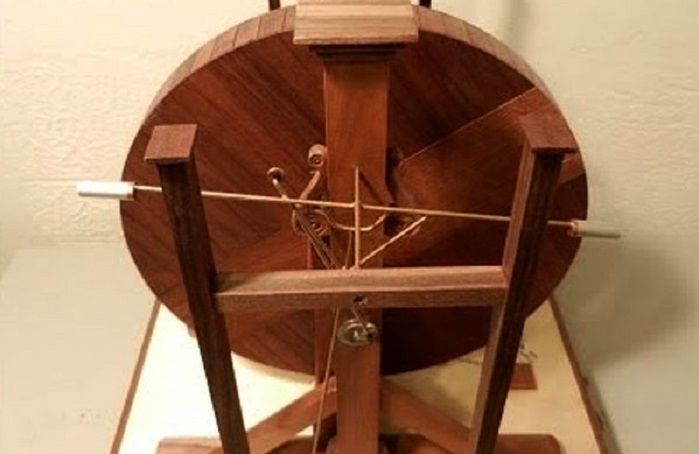
Bessler demanded 20 thousand pounds (about 100 thousand Reichstalers, if you transfer the amount into the currency of that time) for the secret of his invention. Peter the First showed great interest in the invention and asked Wilhelm Gravesand, professor of mathematics and astronomy at Leiden University, to advise him before buying a “perpetuum mobile.” Johann Bessler decided that the secret of the “perpetual motion machine” was to be stolen, and destroyed his invention.
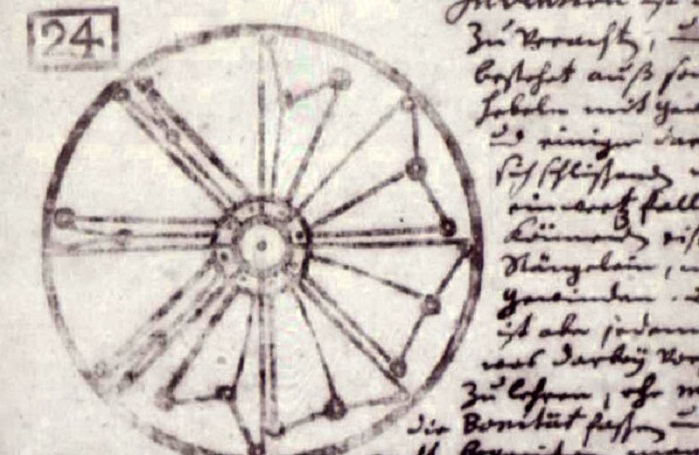
He went into another world, and did not disclose the mystery of the construction he had assembled, which violated several existing laws of physics. Modern scientists are trying to decipher his notes or build an “engine” anew, but so far fail. There is an opinion that the Yogan somehow deceived the scientists and witnesses of his experiment.
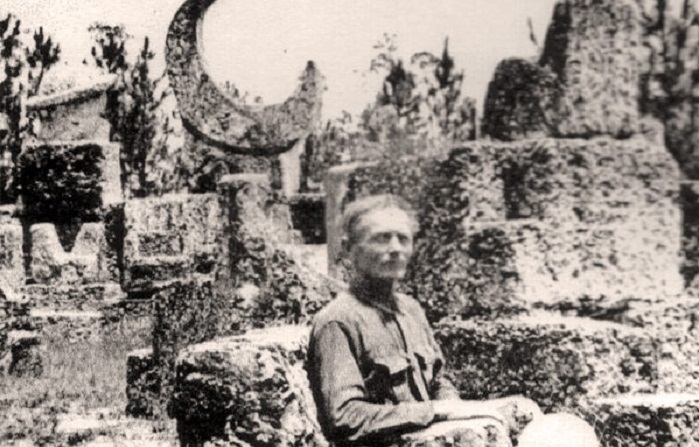
Edward Lidskalnin and the movement of huge boulders. A Latvian immigrant who moved to the US built the so-called Coral Castle in Florida. He was short (about 1.6 m) and weighed about 50 kilograms, but this did not stop him alone moving stone blocks weighing up to 30 tons. He did all the work independently.
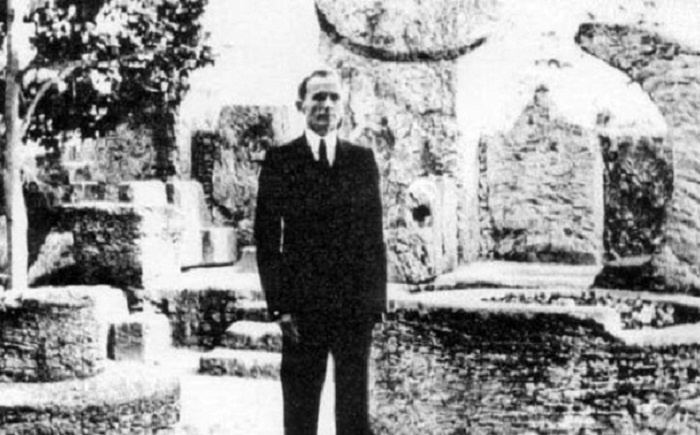
A few random witnesses differ in versions: two teenagers claim to have seen huge stones hovering in the air; Others assure that they have noticed some equipment resembling a wooden tripod and several ropes (however, even this equipment did not look powerful enough to lift such massive stone structures). It is believed that Edward Liedskalnin had a “perpetual motion holder”.

After his death in 1951, his Coral Castle became a local landmark. To date, this place is visited by many tourists. And that’s interesting: when in 1986 a 9 ton roundabout door, which a five year old child could turn before, broke down, neither the engineers nor the scientists could fix it – they had to call a crane to move it.
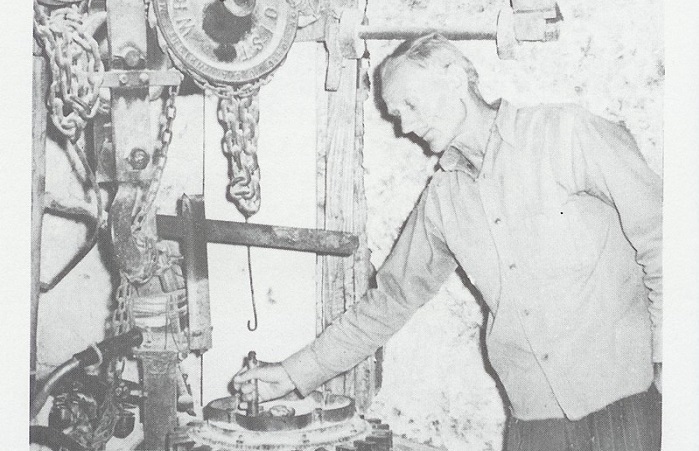
Lidskalnin claimed that he revealed the secret of the Egyptian pyramids. Unfortunately he did not share a secret with humanity.
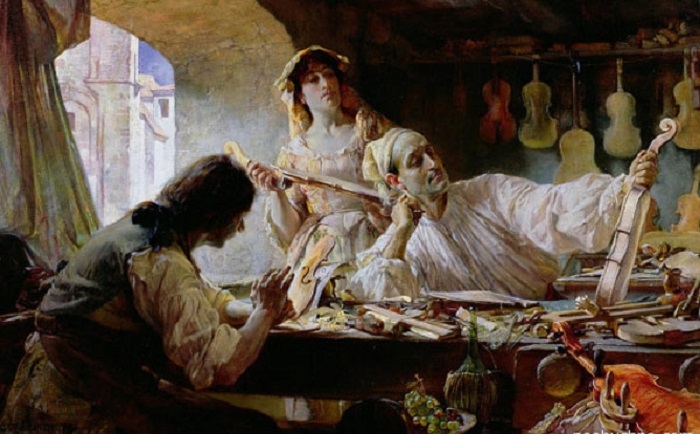
Antonio Stradivari and stringed musical instruments. The famous Italian Stradivari was a master in the production of stringed musical instruments, such as violins, cellos, harps and guitars. There is an opinion that the creations of Antonio, called the Stradivarius, have the purest sound.
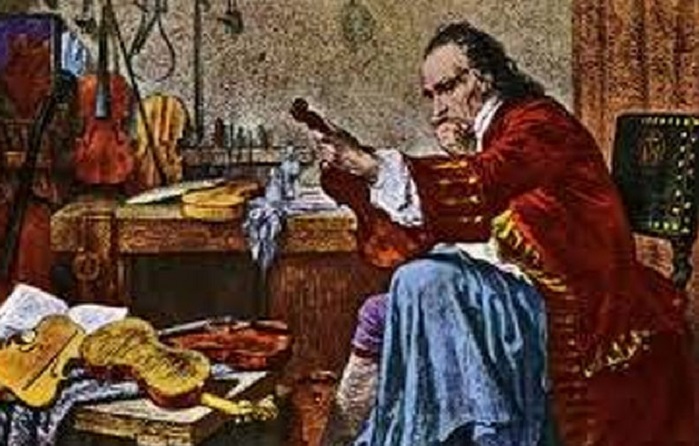
They remained a little less than seven hundred (out of 1100), including five hundred violins. For centuries scientists have tried to unravel its secrets. Recently, researchers have been helped by scanning lasers. Stradivari was a very careful master. There is an opinion that the acoustic composition of the glue influenced the acoustic merits of the instruments.
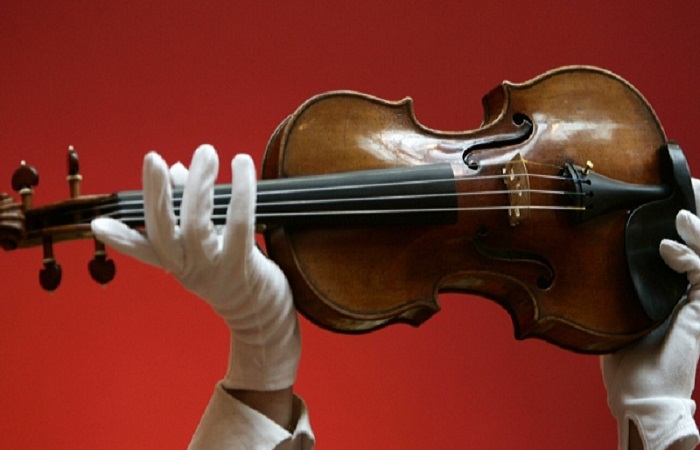
It is established that the master used unusually dense wood. In the instruments also found compounds of boron and fluorine, salts of chromium and iron. And something else, about which the experts are still silent.
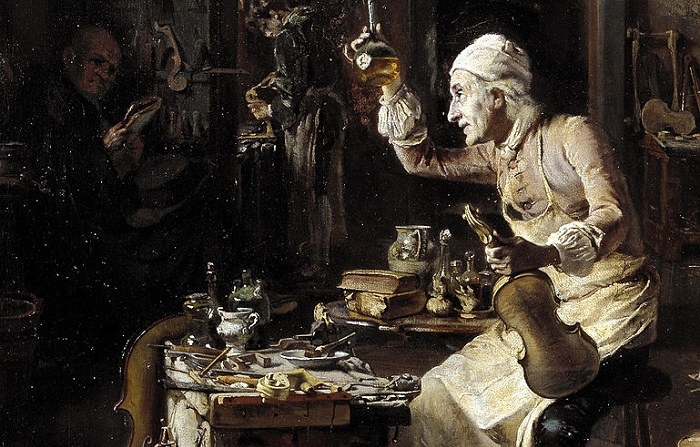
To date, the record price paid for the carrier of secrecy, is 3 million 600 thousand dollars. So much was given for the violin “Molitor”, once belonged to the Napoleonic general with this name.
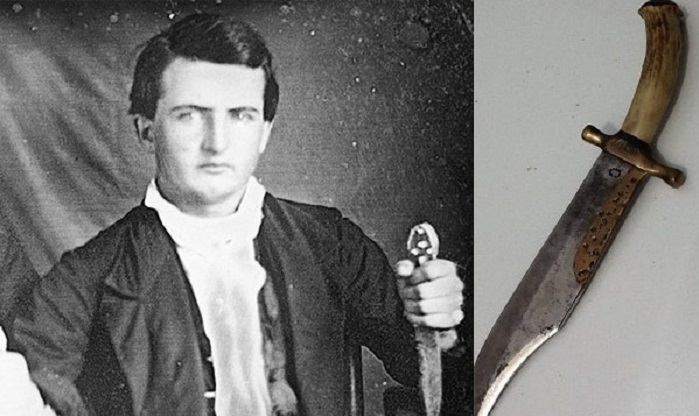
James Black is the creator of unique knives. The legend of the state of Arkansas, the American James Black is considered to be the man who forged the so-called “Bowie Knife”, whose designer was the adventurer and bully Jim Bowie.
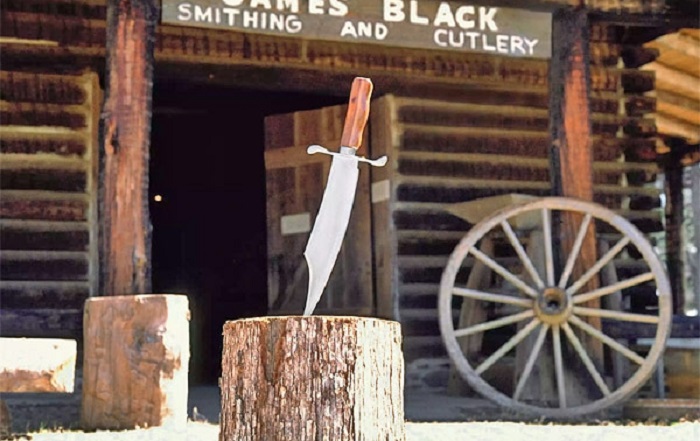
The popular model of cold steel became a kind of brand, like Bowie himself, who heroically fell during the Texas Revolution of 1836. All combat knives made by his friend Blake are known for their unusual alliance of strength and flexibility.
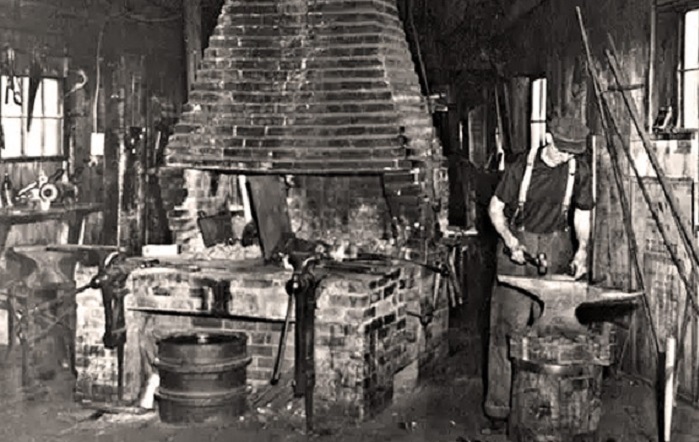
The technology of creating weapons James kept secret, made it only behind a leather curtain in the smithy.
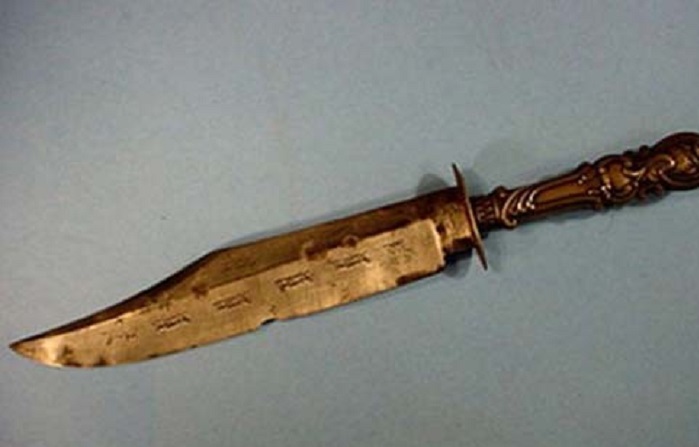
Even during the lifetime of the master chatted that James Black knew the recipe for Damascus steel, from which in the Middle East in 1100 – 1700 years, surprisingly sharp swords were forged, superior to European counterparts. So without telling the world of his recipes, Black died in his native Arkansas in 1872, and the exact copies of his knives have so far been unsuccessful.